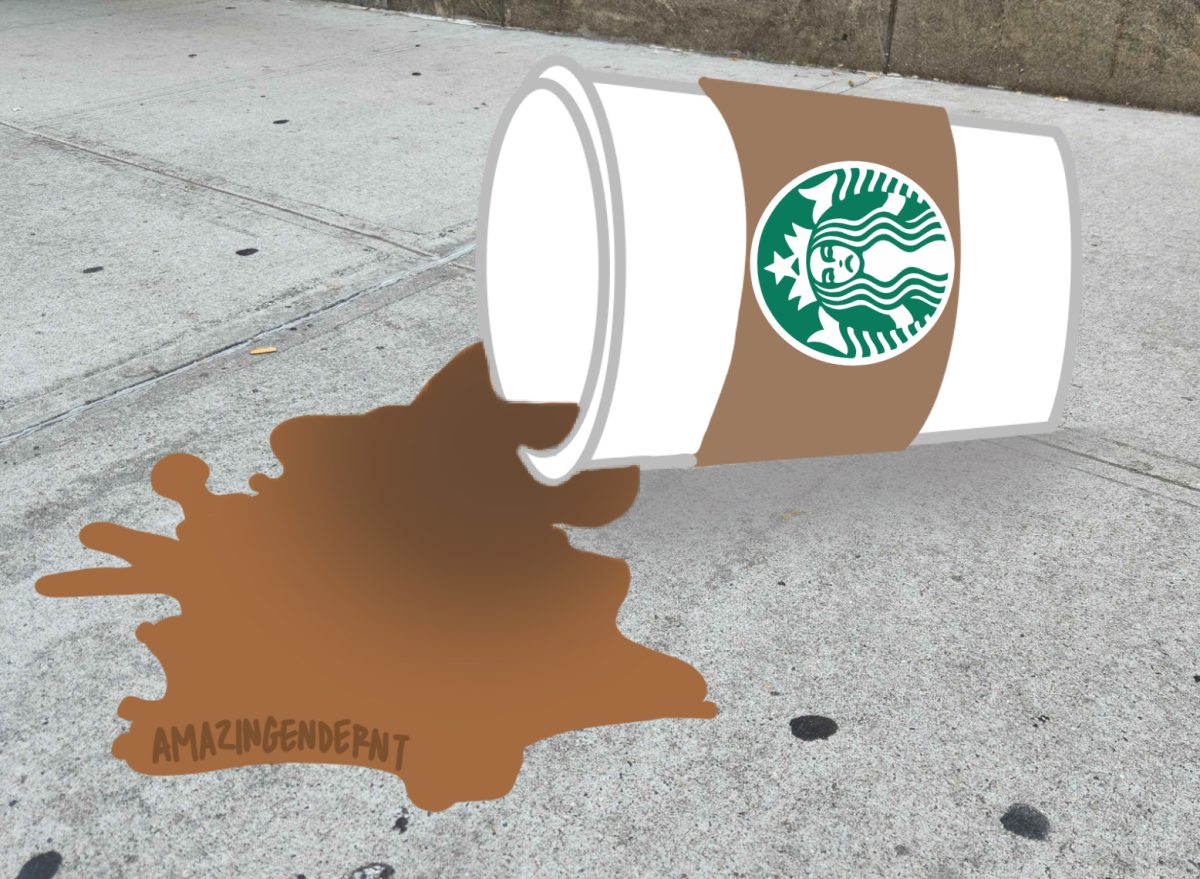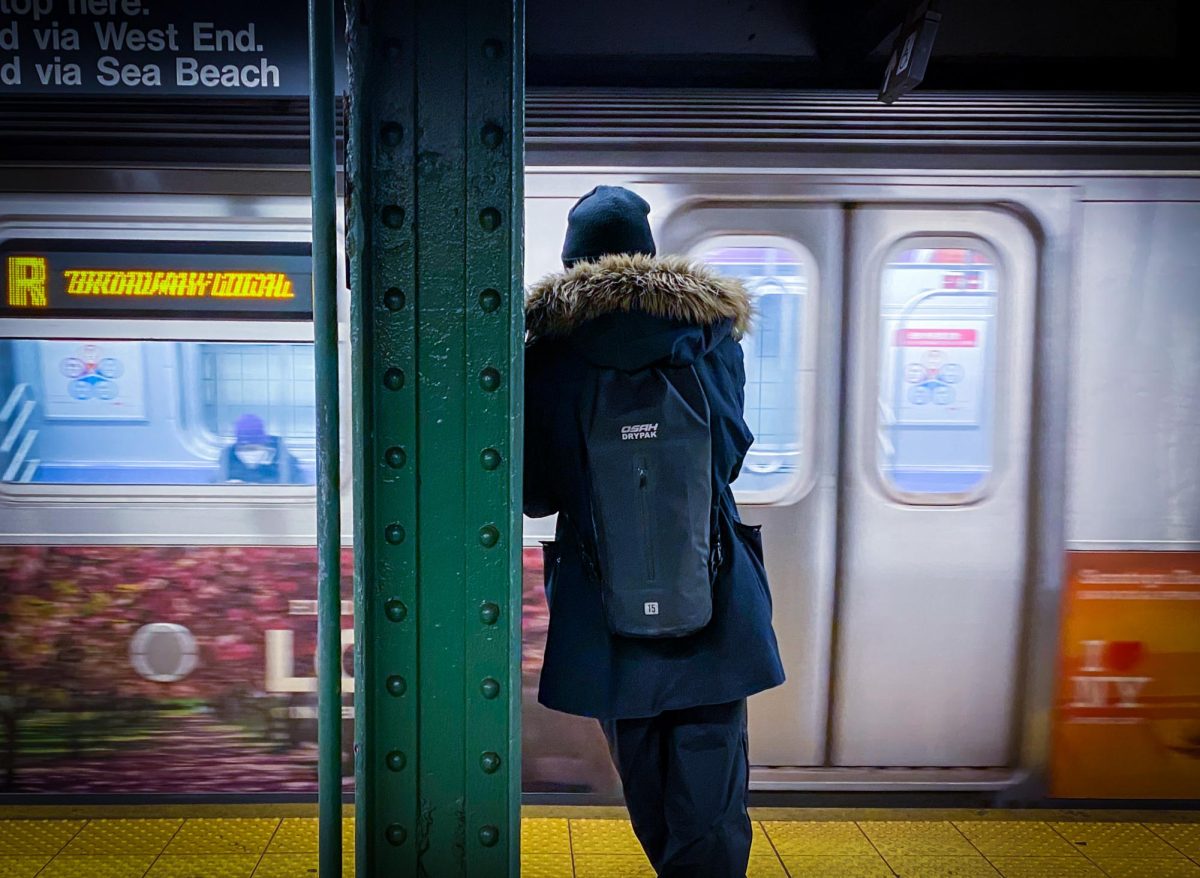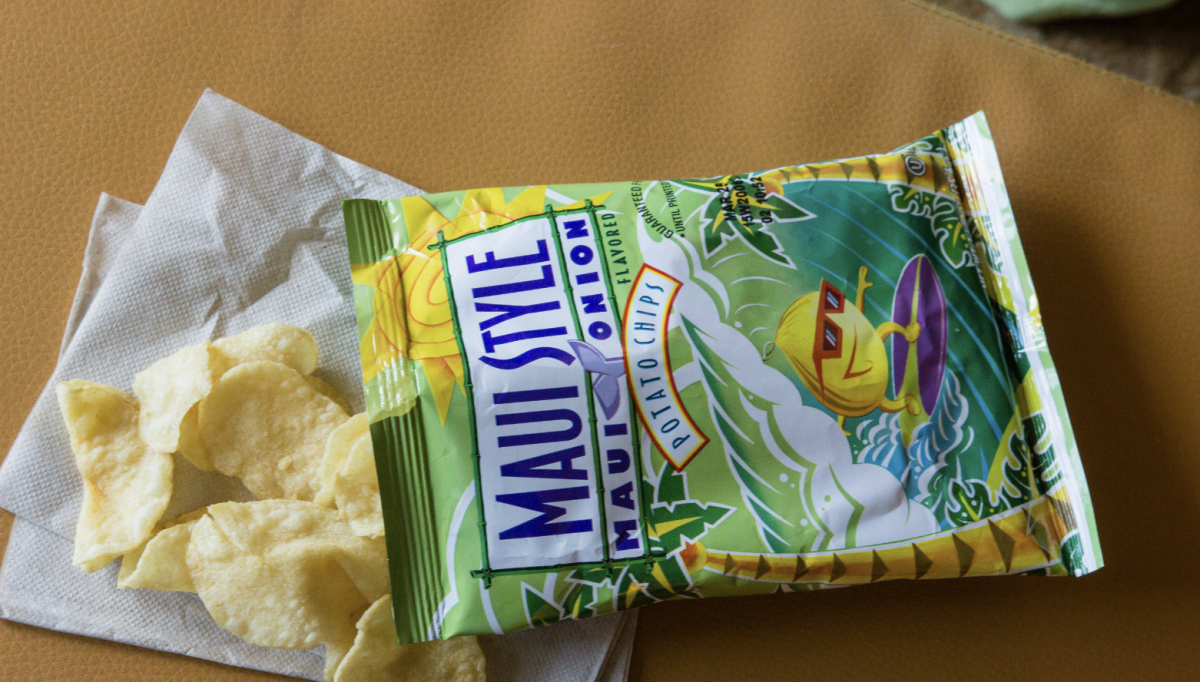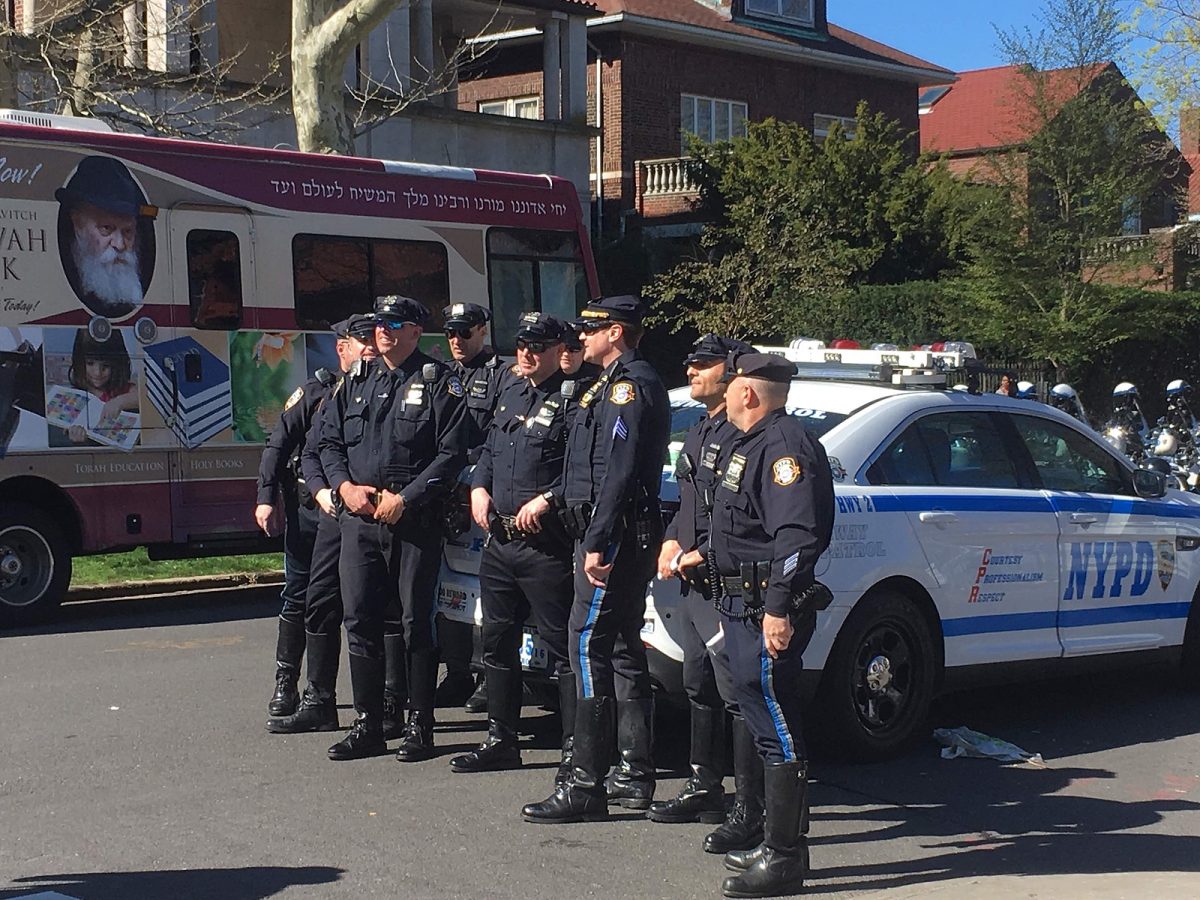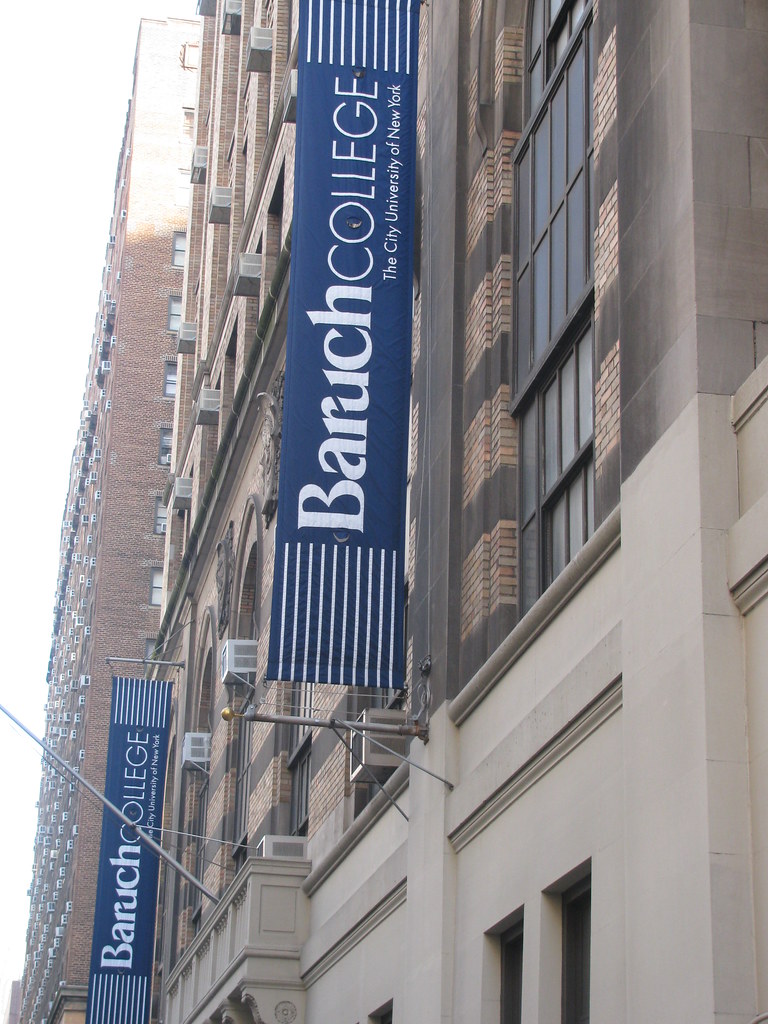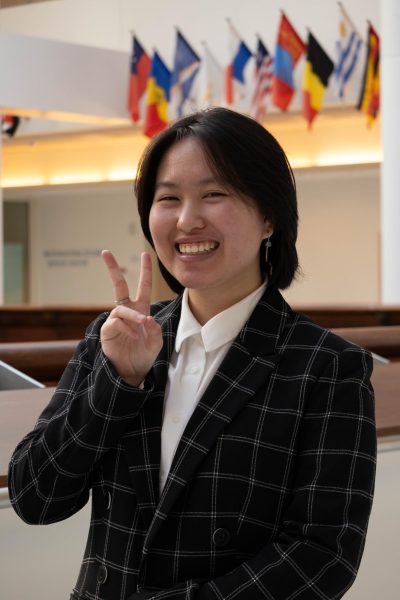Starbucks Corp. reported a 7% decline in same-store sales in the fourth quarter and a 10% decline in United States transactions compared to last year, according to Bloomberg. Starbucks won’t die anytime soon, but there was a dramatic shift in perception about what kind of brand the Seattle-born coffee behemoth is. The evolution of Starbucks highlighted a significant change in both the brand’s identity and its place in American culture.
The Starbucks brand used to be synonymous with creativity, intellect and entrepreneurship. It was the place to go work on a novel, write a thesis or take meetings. Starbucks was the romanticization of the American dream—a millennial’s “third place.”
The “third place” is a phenomenon coined by sociologist and author Ray Oldenburg in his 1989 book “The Great Good Place.” The term refers to a place separate from home and work where you relax and interact with other members of your community. Examples of the “third place” have been ingrained in popular culture: the coffee shop in “Friends,” the bar in “How I Met Your Mother” and the coffee shop in “Seinfeld.”
As rent increases at a higher rate than wages in the U.S., people are looking for alternative gathering places outside of the house, specifically places with a low barrier to entry and where accessibility meets community.
Starbucks used to be a place that sold coffee without even trying, a place that was conducive to creative thinking and gave customers an understated sense of status and belonging. It gradually became a materially less interesting, less inviting and overall, less “cool” place. Rapid expansion diluted its original ethos, making it harder to maintain the curated and cozy environment it was once known for.
“The whole concept got old,” a customer told CBS MoneyWatch. “Starbucks started really feeling like corporate America in a way it hadn’t before.”
The meteoric rise of the specialty, bistro-style café is a symptom of a human need to be around like-minded people, even if just in close proximity while everyone is “plugged in.” Seattle Starbucks sold consumers that dream, but then it fell victim to a common trend that plagues brands that get too big for their original vision to be sustainable: it just wasn’t as profitable anymore to be a “cool” space.
This transition is best exemplified through company statements.
“We’re not in the coffee business serving people,” Starbucks CEO Howard Shultz wrote in a letter to his partners in 2008. “We’re in the people business serving coffee.” This approach has been replaced to prioritize profits and trends.
The brand that Starbucks once was is no more and that’s probably okay. Since caffeine is the new cigarette, maybe the best move for the corporate giant is to cash in on its mocha-Frappuccino-loving tribe and embrace its new Dunkin’ Donuts-style, grab-your-coffee-on-the-way-to-work approach.
There’s slight hope for the nostalgic Starbucks lover; newly appointed CEO Brian Niccol proposed a not-so-new way forward for the brand in a strategy he calls “Back to Starbucks.” This message signals efforts to bring Starbucks back to its roots. Though Niccol says he’s still “figuring things out,” he evoked a return to the “third place” model and away from the “hyper efficient, highly digital but impersonal experience of recent years.”
Niccol has the task of turning the tide for the $110 billion company. Coffee lovers everywhere hope he succeeds because less automation and a bit more humanity might just be what this world needs.
Starbucks may be far from a return to handwritten names on paper cups, but if Niccol is serious about his commitment to Starbucks’ original vision as a “third place,” it could be wise to play into some of the old brand lore that students, artists, entrepreneurs and hipsters alike have fallen in love with over the decades.In the meantime, customers have opted for other places to fill the void that Starbucks has left in the market—cafés with a human touch that inspire and get the creative juices flowing. Some of these include, Rhythm Zero, Awe & Wonder, Variety Coffee Roasters and Sorella Coffee.


